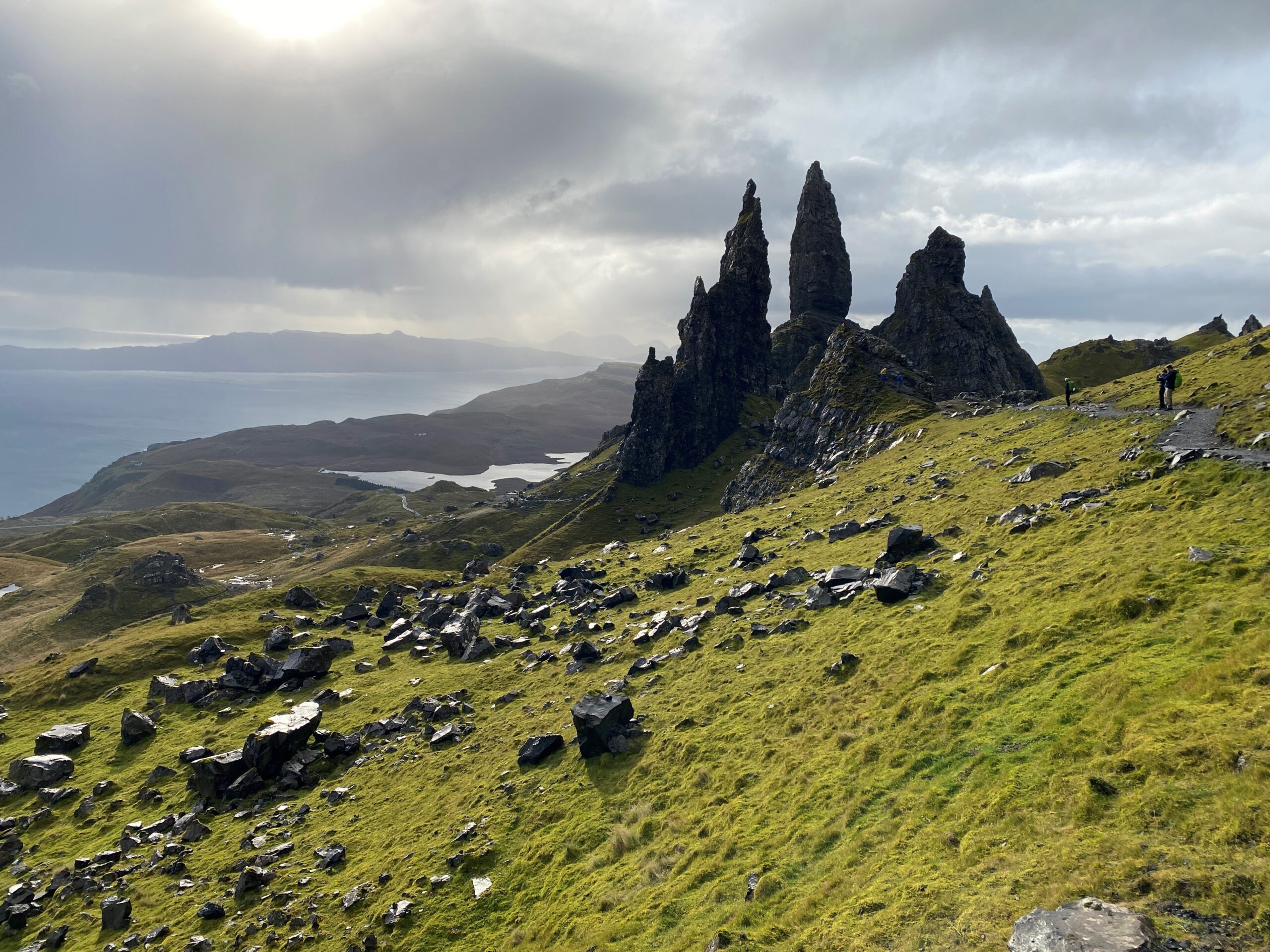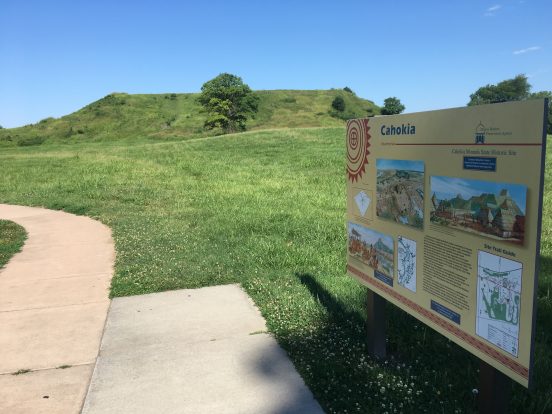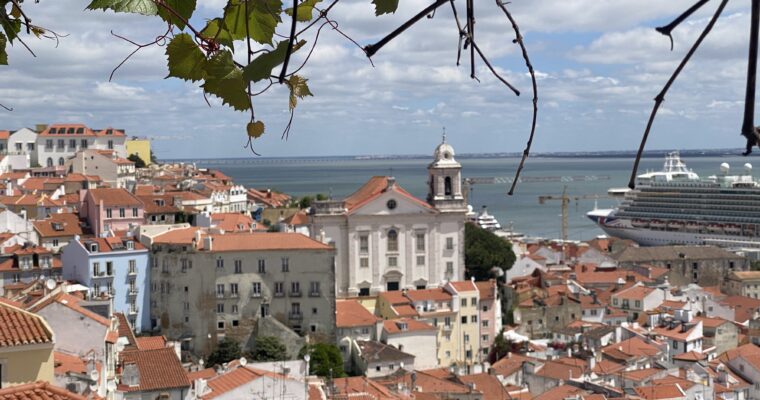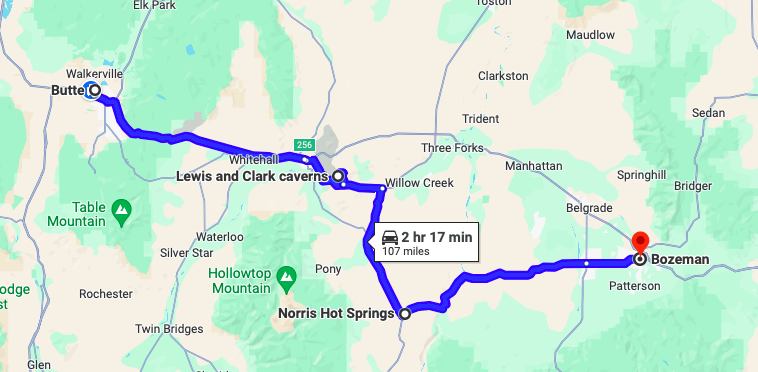A few weeks ago B and I went on a weekend trip to McCall, Idaho, with my brother. My family is known for being frugal (read: will go to great lengths to get a good deal) and this trip was a reminder that you don’t have to spend a lot of money to have a lot of fun. Here are ten ways to save money when traveling: we implemented numbers 1, 2 and 6 on the last trip.
1. Hotel Breakfast
This is nothing new, you are probably thinking. Hotels offering complimentary breakfast (of some sort or another) are pretty typical in the U.S. But have you ever stopped and crunched the numbers when comparing which hotel to book? Imagine Hotel A costs $100 a night, but doesn’t offer breakfast. Hotel B costs $120, but does. If B, C and I are heading out to breakfast, we’ll be hard pressed to find a place that is cheaper than $30 after food and tip. So even if the hotel is $20 bucks more, we’re still ahead of the game on expenditure. (My brother really got his money’s worth by stocking up on some items, like milk, that he could put in his room fridge and drink later that day.) I am Switzerland on this prospect, do what your conscience tells you.

2. Hotel Cooking
If you are familiar with hotel breakfast, are you familiar with hotel dinner? My brother had packed a small electric skillet and along with the microwave in our room, we were fully stocked to cook dinner. We had a very nice meal of burritos (the ground beef was cooked beforehand at home). Between hotel rooms, there were seven of us. At a restaurant, we would have had to wait in a long line and then spend around $100. Instead, we got to enjoy cable TV and probably spent $20. Since my brother has two small children, they implement hotel dinner a lot. They can make something the kiddos will like, like mac and cheese, and buy something more adult for them, like sushi, at a take out restaurant. It’s a win-win.
B and I have found it is well worth packing an electric kettle on road trips. We can warm up water for tea, but we have also used this to make oatmeal or cup of noodles. It’s way faster than the microwave and your food doesn’t end up with a strange coffee flavor that comes from using the coffee maker in a hotel room to warm up water.
3. Rick Steves
This next tip comes from our friend, G. She and her husband went on a trip to Europe a few years ago. She had read a section in a Rick Steves guide book that said if you mention Rick to the agent when buying a ticket, you can get a discount. G decided she would take a shot every time she got a ticket somewhere and ask about the Rick discount. Wouldn’t you know, most times it worked! G saved lots of money that trip, just buy asking for it.

4. Crashing with Friends
Accommodations can be really expensive, so if you are looking for ways to save money when traveling, you can find savings here. When B and her friend S went on a vacation a few years ago, they decided it would be fun to see if they could stay with friends and friends of friends instead of hotels. They had a great time and saved a lot of money in the process. Think about it: you’d probably be willing to let someone crash with you for a day or two. Well, so would most people.

5. National Parks Pass
Yep, here’s another shameless plug for the National Park Service. (I just love our National Parks!) An annual parks pass cost $80, and this will cover entrance for everyone in your car. If you are planning on going to a few national parks during one year, it makes sense to buy a pass, especially if you split the cost among other park enthusiasts. The combined pass to see Yellowstone and Grand Teton is $50. For only $30 more, you can hit parks to your heart’s content for the next 12 months. And if $80 seems steep to you, think about how much it costs to get into other places. For example, when B and I visited San Diego a few weeks ago, we learned a ticket to the Wild Animal Park was $58 per adult. Yikes! I’d rather have a year of national parks.

6. State Parks
And speaking of outdoor grandeur, state parks are a phenomenal value and a great way to save money when traveling. Entrance into a state park is typically only $5 or $10. In Idaho, when you register your vehicle you can add an annual state park’s pass for $10 a year. When we went to McCall, we saved $5 by having an annual pass. That’s half the cost for a whole year! Not to mention state parks can be amazing–the only difference between them and the national park next door is an artificial boundary.

7. Public Transportation around Cities
Instead of paying for a ticket on a tour bus around a city, consider finding a public bus that goes past attractions you are interested in. The public bus will only cost a few dollars compared to the $20 or so for a tour. If you have a guidebook or follow along on Google Maps, you can see the highlights along the way. This is a great way to get the lay of the land and note where you want to come back and spend more time. Most routes will take you on a loop so you will be able to get off at the same spot you got on. (Just make sure the bus fares comply with this and charge by the ride and not the zones.)

8. Free/Discount Days at Museums
Most museums have discounts on certain days of the week or month. For example, a ticket to the Louvre will set you back 17 Euro. But if you visit in the evening the first Saturday of the month, you can check out Mona for free. You just need to look at the museum or gallery you want to go to and plan accordingly. Write down the cheap days/times and then plan your visit to a city around the schedule of discounts.
9. Libraries
Libraries are almost as high as National Parks on my list of favorite things. While some libraries focus on books (all of them do this, I suppose), others have interesting displays for you to look at. For free! When B and I visited Melbourne in the heat of the summer, we were happy to find a place that had air conditioning. Imagine our surprise when we walked into the State Library Victoria and found the real suit that Ned Kelly wore on display! Some libraries have incredible architecture, like the George Peabody Library in Baltimore. Libraries are one of the main buildings in most cities, so you never know what you’re going to find on a visit.

10. Partner Passes
One of my favorite ways to save money when traveling is to capitalize on partner programs for places you already go. For example, I’m a card carrying member of the Boise Zoo. This little zoo doesn’t charge much for a season pass, and one of the benefits you receive with membership is access to the Association of Zoos and Aquariums reciprocal list. When I visited the wonderful Gladys Porter Zoo in Brownsville, Texas, I got in free with my Boise Zoo pass. Science centers have a similar reciprocal list. So if you have a membership for a place in your hometown, read up on the benefits of membership and see if they have partner passes somewhere.
Conclusion
Trips can be cost prohibitive. But there are definite ways to save money when traveling, you just have to be creative and think outside of the box. Who knows, all the money you saved on the tips on this list just might cover the cost of those cute shoes you saw in the window of that store in Berlin…What am I saying? It will totally will cover them.





Leave a Reply